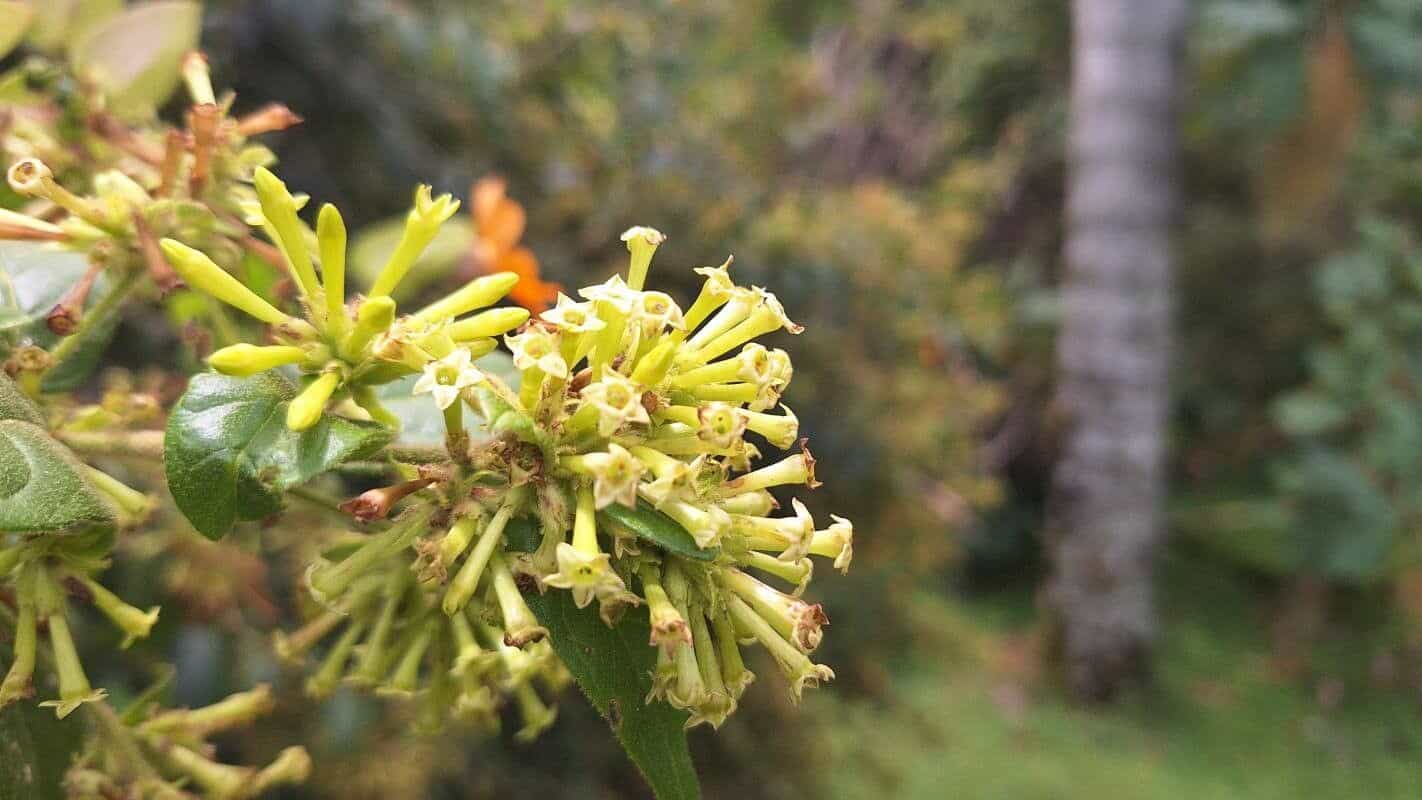Propagating Cestrum latifolium: The Challenges and Rewards of Growing the Brazil Red Cestrum
Introduction:
Cestrum latifolium, commonly known as Brazil red cestrum or red cestrum, is a captivating shrub prized for its vibrant, intensely fragrant, reddish-purple flowers. Its attractive, dark green foliage complements its showy blooms, making it a popular choice for gardens in warm climates. The plant exhibits a vigorous growth habit, but propagation can present certain challenges. While it’s relatively easy to propagate via cuttings, other methods might prove more difficult or less reliable. Understanding these intricacies is crucial for successful cultivation.
Seed Germination:
Currently, there are no known reliable methods for seed germination propagation of Cestrum latifolium. While the plant does produce seeds, their viability and germination rate are notoriously low, making seed propagation impractical for most gardeners.
Cuttings:
Cuttings are the most successful and commonly employed method for propagating Cestrum latifolium.
Challenges: While relatively easy, success hinges on proper technique and timing. Using overly woody stems can reduce success rates. Also, fungal infections can occur if conditions aren’t sanitary.
Practical Tips: Take semi-hardwood cuttings, about 4-6 inches long, from new growth in late spring or early summer. Remove lower leaves to prevent rotting. Dip the cut ends in rooting hormone to encourage root development. Plant cuttings in a well-draining potting mix, maintaining consistently moist (but not waterlogged) conditions. Use a humidity dome or plastic bag to increase humidity levels, which is crucial for successful rooting. Place cuttings in a location with bright, indirect light. Rooting typically takes several weeks.
Rewards: This method ensures the propagation of genetically identical plants, preserving desirable characteristics. It’s also relatively simple and inexpensive.
Division:
Division is not a practical method for propagating Cestrum latifolium. The plant’s root system is not easily divided without severely stressing or damaging the parent plant.
Tissue Culture:
Tissue culture propagation of Cestrum latifolium is technically possible, but it requires specialized equipment, sterile techniques, and expertise.
Challenges: Establishing a sterile environment and maintaining it throughout the process is complex and demands a high degree of skill. This method is costly and requires specialized knowledge and facilities not typically available to home gardeners.
Practical Tips: Not applicable for the average home gardener. This method is best left to professionals working in nurseries or research facilities.
Rewards: Tissue culture allows for rapid multiplication of desirable genotypes and can produce disease-free plants on a large-scale.
Conclusion:
Propagating Cestrum latifolium presents a range of challenges depending on the chosen method. While seed germination proves unreliable, cuttings offer a relatively straightforward and rewarding path for home gardeners. Division is impractical, and tissue culture, while efficient for large-scale propagation, is beyond the reach of most hobbyists. The satisfaction of successfully propagating this beautiful shrub, particularly through cuttings, lies not just in the resulting plants but in overcoming the challenges inherent in the process. For aspiring propagators, patience, attention to detail, and providing the right conditions are key to success. Don’t be discouraged by setbacks; the beauty and fragrance of a successfully propagated Brazil red cestrum makes the effort worthwhile.

